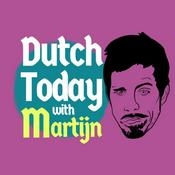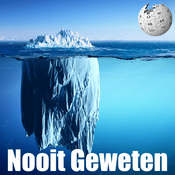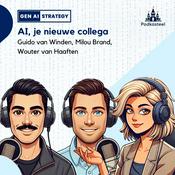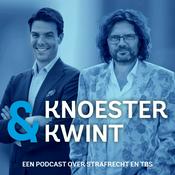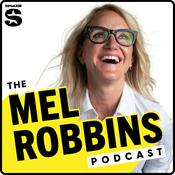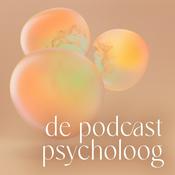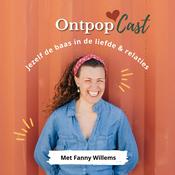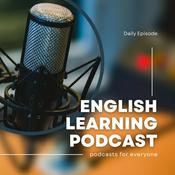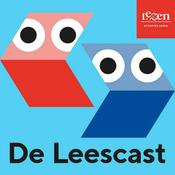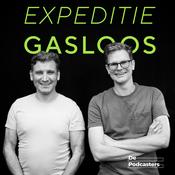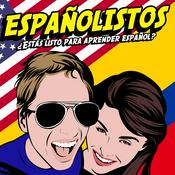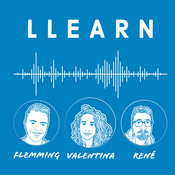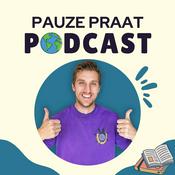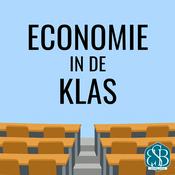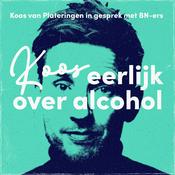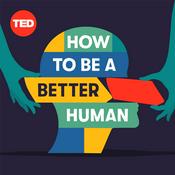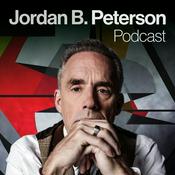131 afleveringen

The tourism periphery: from structural hierarchies of place to relational ontology
18-12-2025 | 35 Min.
https://doi.org/10.1080/14616688.2024.2404643 Hosted on Acast. See acast.com/privacy for more information.

Navigating a changing Arctic: toward adaptive governance in Greenland and Svalbard
11-12-2025 | 38 Min.
https://doi.org/10.1080/14616688.2025.2515098AbstractTourism is vital in ensuring thriving communities in peripheral areas of the Arctic. However, many Arctic destinations have seen a dramatic increase in visitors, raising concerns about their ability to withstand tourism pressures. Simultaneously, socioecological systems in the region are undergoing rapid transformations with significant implications for future development. This study, based on qualitative research conducted from 2020 to 2024, explores how tourism actors at Arctic destinations navigate these changes and engage with various scales of tourism governance. Our findings highlight divergent approaches to governance: Svalbard’s top-down regime focuses on strict environmental preservation but faces resistance from local tourism actors, while Greenland is prioritizing tourism as a development strategy, aiming to balance national goals with local community needs. Despite differing views on regulation, tourism actors in both destinations seek greater involvement in tourism decision-making. We argue that employing place-based, collaborative, and adaptive governance approaches is essential to address common challenges such as sustainability, climate change, and (over)tourism in Arctic regions. Hosted on Acast. See acast.com/privacy for more information.

Geographies of hotel guest electricity, water and gas consumption
04-12-2025 | 27 Min.
https://doi.org/10.1080/14616688.2025.2516098AbstractIndividual preferences are known to be influenced by people’s lived experience at home and on holidays, however, the factors contributing to higher or lower resource demands by hotel guests are not well understood. We advance a practice-based ‘Resource Cultures’ framework and examine the daily energy and water consumption rates of hotel guests from geographically diverse climates vacationing at a ecolodge in tropical North Queensland, Australia. Specifically, guests’ (n = 395) ‘home’ climate zone and continental origin, as a proxy for cultural background, are examined as potential drivers of resource consumption. The results show that climatic origin is a stronger determinant of resource use than cultural origin. Guests originating from tropical and arid climate zones used significantly more water and energy than those from warm temperate zones. Electricity consumption was highest among guests from humid tropical and subtropical climate zones, whilst those from arid climate zones used the most water. The findings provide empirical evidence of the influence of origin-related drivers of resource consumption patterns with tangible implications for accommodation providers. Considering guests’ climatic and cultural origins in targeted pro-environmental communication will enhance the effectiveness of operators’ sustainability programs. Furthermore, these factors should be considered when benchmarking resource use among comparable hotels. Hosted on Acast. See acast.com/privacy for more information.

From project to venture: facilitating engagement and entrepreneurship in rural tourism
28-11-2025 | 26 Min.
https://doi.org/10.1080/14616688.2025.2519331AbstractProjects are a standard strategy for rural tourism development. This study builds on the premise that sustainable rural tourism is conditioned by the involvement of key stakeholders and entrepreneurs’ ability to creatively and responsibly utilise local resources for tourism purposes. Accordingly, this research explores the project format as a framework for facilitating engagement and entrepreneurship. The empirical context is Visit Village, a collaborative tourism initiative in rural Sweden. This qualitative case study has followed the Visit Village project closely for nearly three years. Data was collected from observations, reviewing documents, in-depth interviews, and informal conversations. The analysis focused on the actors involved in the project, their respective roles, and the interactions between them. This study applies the Civic Wealth Creation (CWC) theoretical framework for stakeholder engagement. The framework directs the analysis to the meso level of the entrepreneurial ecosystems, where interactions generate value and promote positive social impact. The findings indicate that projects can be a fruitful setting for entrepreneurship by providing access to resources, knowledge, and support and forming communities and creative spaces; concurrently, the findings corroborate the difficulty of involving key stakeholders. The intricacy seems to lie in the incompatibility of the project format and the modus operandi of small-scale entrepreneurs and the local community. The analysis suggests generating a sense of progression, kinship, and ownership to adjust the project to the stakeholders’ logic of action. Owner-managers of local tourism businesses emerge as natural CWC promoters, and the study recommends entrusting embedded and entrepreneurial individuals with formal responsibilities in tourism projects. The analysis also underlines the need for project leaders to redefine their roles throughout the process. Hosted on Acast. See acast.com/privacy for more information.

Lifestyle migration and the emergence of ‘Airbnburbs’ in the Global South
21-11-2025 | 24 Min.
https://doi.org/10.1080/14616688.2025.2504039AbstractAirbnb research has focused primarily on a small number of Western countries. This study examines Airbnb and its hosts in a destination in the Global South—Bocas del Toro, Panama. Through an exploration of the nexus between Airbnb hosting and lifestyle migration, the study introduces the phenomenon of ‘Airbnburbs’—new geographical spaces shaped by external property investment, situated outside major population or touristic centres, and characterized by a plethora of short-term rentals. The research entailed a descriptive case study with two parts. The first part involved analysing the growth and current footprint of Airbnb in Bocas del Toro. Next, interviews with twenty local Airbnb hosts were conducted to investigate their motivations, experiences, and perceived impacts. The findings show that Airbnb has expanded quickly throughout Bocas del Toro, particularly in areas beyond traditional tourist centres. Interviews found that younger hosts were motivated to use Airbnb primarily to minimize work hours and facilitate their desired lifestyles. Hosts also tended to concentrate in ‘Airbnburbs’, often developed by converting forested land into foreign-owned enclaves. Such neighbourhoods were largely controlled by lifestyle migrant entrepreneurs to suit their lifestyle and income demands, while generally failing to create income-generating opportunities for locals. This research suggests ways these spaces might become more inclusive and proposes new areas for future research. Hosted on Acast. See acast.com/privacy for more information.
Meer Onderwijs podcasts
Trending Onderwijs -podcasts
Over Tourism Geographies Podcast
Luister naar Tourism Geographies Podcast, HELD IN EIGEN VERHAAL en vele andere podcasts van over de hele wereld met de radio.net-app
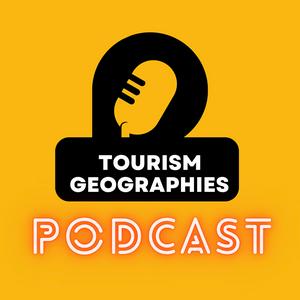
Ontvang de gratis radio.net app
- Zenders en podcasts om te bookmarken
- Streamen via Wi-Fi of Bluetooth
- Ondersteunt Carplay & Android Auto
- Veel andere app-functies
Ontvang de gratis radio.net app
- Zenders en podcasts om te bookmarken
- Streamen via Wi-Fi of Bluetooth
- Ondersteunt Carplay & Android Auto
- Veel andere app-functies


Tourism Geographies Podcast
download de app,
luisteren.

